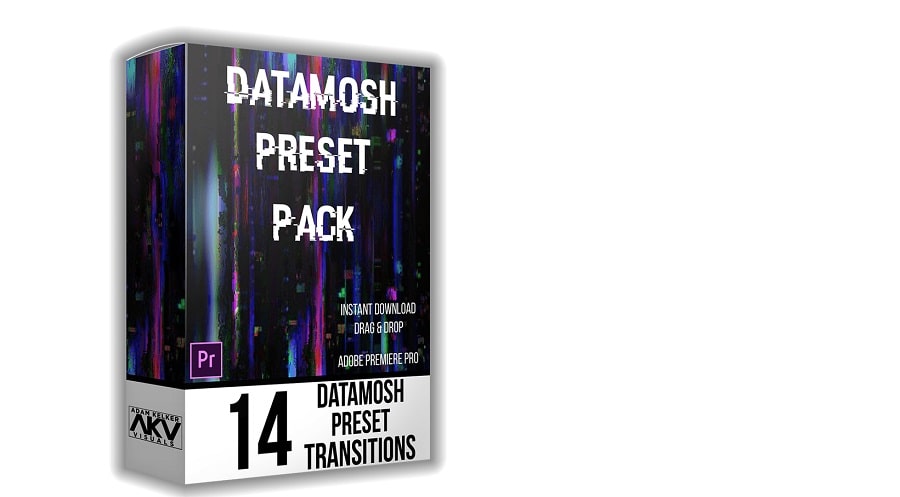

avi for libav/ffmpeg to know the format to output in.Įxample. Quality 1 - 34 (1 being the highest quality), output file needs to end in. Techincally it's 2 scripts, 1 for ffmpeg and 1 for avconv. It's so simple, you can write a bash script that does a lot of it for you. Important - Make sure you use stream copy and use copyinkf again. "for i in "), then echo the last video part to finish the video. We can echo the first video independently, then loop the middle part to the specified count using a numeric loop (e.g. Basically, just print/echo the files after -i in the right order. *.wav do echo "file '$PWD/$f'" done) -c copy output.wav".

This is the sort of code used to concat video files using shell process substitution "ffmpeg -f concat -safe 0 -i <(for f in. In short, you can use shell substitution to iterate over the videos files you want to concat. ffmpeg has a section detailing concatenation in its docs. ffmpeg -i out.avi -c copy -ss 00:00:5 -t 5 -copyinkf out2.avi)Ĭoncatenate the 3 video parts into the full video, looping the middle a certain amount of times. Important part: use "-copyinkf" as a parameter to force ffmpeg/avconv to stream copy that part of the video, even without keyframes. Stream copy the contents of the new video file into 3 seperate video files: The start (up to the point you want to break), the part you want to repeat over and over (usually a few frames long), and the rest. h264 avi with a relatively small amount of keyframes (good for datamoshing) ffmpeg -i video.mp4 -g 200000 out.avi) This outputs an.

Using libav (avconv) or ffmpeg, convert the source video into an avi using a very high specified keyframe interval with the -g command (e.g. One of the beauties of this method is that the audio is moshed along with the video. If you're using Linux, that means you very likely have all the software you need to do this already. Well, as it turns out, ffmpeg/libav can actually datamosh if you use the right commands. You either have to really know what you're doing (I don't) or use really specific software (old versions of avidemux for example), so I had a look for ways to make datamoshing easier. Tl dr: I wrote a (Linux) shell script that uses ffmpeg/libav that you can use if you want to datamosh videos easily, the link is near the end.įor a while I thought that the datamoshing methods available haven't really been the best.


 0 kommentar(er)
0 kommentar(er)
